Adventure doesn’t send you a calendar invite. It shows up ready—whether or not you are. And when it does, being “sort of prepared” simply won’t cut it. This kind of trip isn’t about meticulously planning every single minute or overpacking for every conceivable “what if.” It’s about a deeper, more mindful readiness. It’s about knowing what truly matters: reliable gear, a resilient mindset, and making decisions you won’t regret when you’re miles from anywhere.
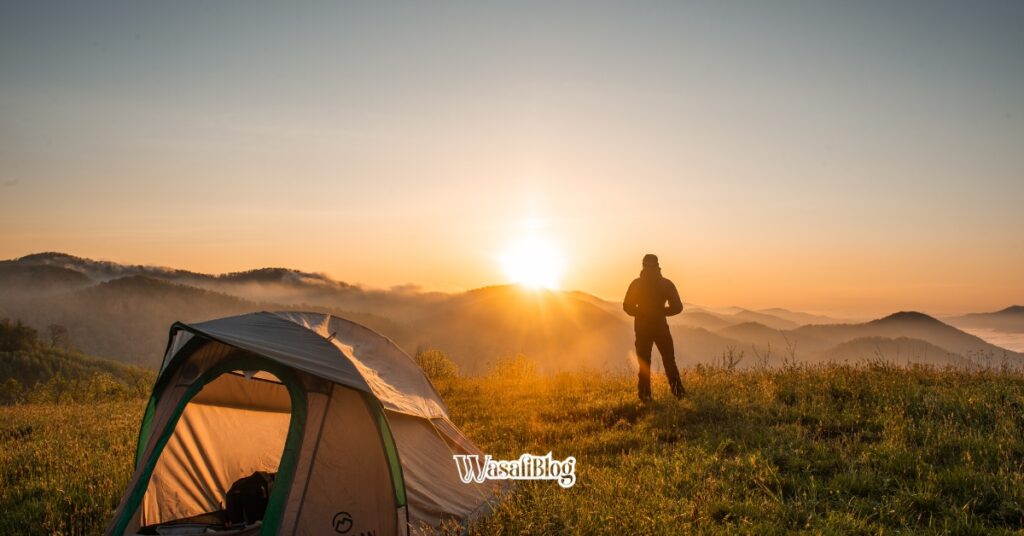
How to Prepare for Adventure Vacation
If you’re serious about making your time out there count, you need to prep like you mean it. Let’s talk about how to do that without turning your excitement into a logistical nightmare.
Carry Only What Counts: The Art of Intentional Packing
Think about the most experienced adventurers you know or admire. Chances are, the people who go the furthest often carry the least. This isn’t about being superhuman; it’s about being incredibly honest with yourself. When you’re packing, every item should earn its place. If you can’t find a solid, functional reason to pack something beyond “just in case,” it probably belongs on a shelf, not wrestling for space in your backpack.
Your packing strategy should revolve around multi-use essentials, not a collection of nice-to-haves. The goal here is to create optionality without adding unnecessary weight. Instead of tossing in three different outfits, choose two versatile ones that can be rotated, layered, and dried quickly. Do you really need that bulky portable stove if your route has designated fire-safe areas where you can cook over an open flame? Maybe not.
Focus on function, not fear. Your future self, hunched on mile 12 with aching shoulders, will absolutely thank you for every ounce you left behind. Pack with purpose. Ask yourself: “Does this truly enhance my experience or my safety, or is it just extra?” When you clear out the clutter, you create space – physically in your pack, and mentally in your head – for the adventure itself.
Adapt Your Gear to the Sky: Embrace the Unpredictable
Here’s a universal truth of the outdoors: you cannot control the weather. Ever. It’ll flip on you mid-ascent, shift dramatically with altitude, or catch you sleeping without warning. Good adventurers don’t waste time chasing perfect forecasts; they prepare for a wide range of possibilities. Your gear should be able to bend with the sky, not break because of it.
This preparedness starts with your layering system. Think about it like building blocks: a breathable base layer to wick away sweat, an insulating middle layer for warmth, and a reliable shell that actually repels water and cuts wind. And frankly, forget fashion. Prioritize materials that dry fast, resist odor (you’ll appreciate this after a few days!), and hold up to whatever nature throws at you.
Never underestimate the comfort—and more importantly, the safety—that comes from quick-dry clothing in changing climates. You’ll sweat through gear faster than you think, even in cooler weather. Damp clothing is a fast track to being cold, uncomfortable, and even hypothermic. Dry gear isn’t a luxury; it’s a fundamental component of your stamina and overall well-being. So, invest in good layers and know how to use them effectively.
A Note for the Self-Employed: Guard Your Recharge Time
When you’re the one running your own show, the idea of an adventure vacation can often feel less like a treat and more like an act of abandonment. There’s a persistent hum of guilt that can accompany stepping away, even for just a few days. But let’s be clear: time off isn’t an indulgence in your world; it’s fuel. It’s the kind of vital pause that sharpens your focus, reignites your creativity, and makes you more effective when you return.
As your own boss, there’s no HR department or company PTO clock to protect that much-needed space. You have to be the one to build and enforce those boundaries. That’s why part of your adventure preparation needs to be internal. You’re not just picking a trail or a destination; you’re also making a conscious, deliberate choice to pause your work. And trust me, that’s often harder than it sounds.
Prioritizing your self-employed leisure time is one of the most strategic decisions you can make for your long-term success and well-being. Burnout doesn’t announce itself with a trumpeting fanfare; it creeps in, quietly robbing you of your passion and energy. So, plan your rest with the same deliberation and necessity you apply to planning your gear. It’s not negotiable; it’s essential.
Don’t Assume You’ll Find Water: H2O is Non-Negotiable
No matter how short or seemingly straightforward your trail might be, dehydration is a sneaky adversary. And in places with uncertain runoff, potential algae blooms, or questionable filtration, a single mistake can put you down hard. You could be just two miles from camp and still be dangerously under-prepared if you simply assumed that stream was safe to drink from.
Instead, plan like a pro: assume you won’t find safe, potable water unless you bring or purify it yourself. Before you even pack, know the crucial difference between purification (killing viruses, bacteria, protozoa) and filtration (removing sediment, bacteria, protozoa). Pack both if your route demands it, and research your specific destinations for known water sources and potential contaminants.
Invest in tools you trust for the entire trip. Whether it’s a reliable pump filter, purification tablets, a UV pen, or a combination, knowing how to safely purify water while traveling is invaluable, especially as your route takes you beyond well-traveled tourist maps. Don’t wait for a moment of desperate thirst to teach you a lesson you should have learned at home. Carry enough, and know how to make more.
Safety Isn’t an Optional Line Item: Prepare for the Unexpected
You know what’s interesting about safety gear? You won’t think about it much—until you desperately need it. But by then, it’s either in your pack or it isn’t, and that distinction can make all the difference. Adventure inherently favors the prepared, not just the lucky.
And here’s another crucial point: you’re not just prepping for yourself. If someone in your group gets injured, becomes disoriented, or suffers from hypothermia, you could quickly become the person everyone looks to for solutions. What does that mean practically for your packing list?
It means carrying a physical backup map and compass (and knowing how to use them, even if you have GPS). It means a secondary light source (a headlamp with extra batteries, separate from your phone’s flashlight). It means something sharp that doesn’t rely on a phone signal – a good knife or multi-tool. It means thinking ahead, not just for navigation, but for unexpected weather changes, twisted ankles, or even an unplanned overnight stay.
Bring a basic first-aid kit, a whistle, an emergency blanket, and a fire starter, even if your itinerary seems “easy.” When conditions shift unexpectedly, those “extras” instantly transform into essentials. Your preparedness isn’t just for you; it’s a responsibility you carry for those around you, too.
Headspace Matters More Than You Think: The Internal Journey
You can train your legs to climb mountains, your arms to paddle rapids, and your lungs to handle altitude – but if your head isn’t ready, you’ll feel it by Day Two. Solo or group, fast or slow, the mental game of adventure begins long before your boots ever hit the ground.
It’s about pacing your expectations, bracing yourself for uncertainty, and knowing what you’re truly hoping to get out of this time away. Adventure provides incredible space and freedom, but it also brings unique pressures. If you’ve been constantly wired into noise and distractions, the sudden quiet of the wilderness can feel jarringly loud. If you’re accustomed to control and predictability, the inherent chaos of the wild will definitely test you.
Take time beforehand to do the hard, internal work. Consider journaling to sort through your thoughts, practice breathwork to center yourself, or visualize your route to mentally prepare for challenges. If you’re unsure how your mind responds to either profound solitude or intense group dynamics, do some reading on mental preparation for solo versus group hikes. Getting your head straight isn’t a sign of weakness; it’s a mark of wisdom. A prepared mind is as crucial as a prepared pack.
Ready for the Real Trip
Adventure rarely goes precisely as planned. In fact, that’s often the entire point. The goal isn’t perfection; it’s presence. When your gear holds up, your mind is in the moment, and you’ve made conscious space for the unexpected, that’s precisely when the real trip truly begins.
So, check what you’re carrying, pack with care and intention, and give your mind the same deliberate attention you give your gear. You’re not just going; you’re arriving ready.
Embark on your East African adventure with WasafiBlog, your ultimate guide to exploring Tanzania’s breathtaking landscapes and vibrant culture!

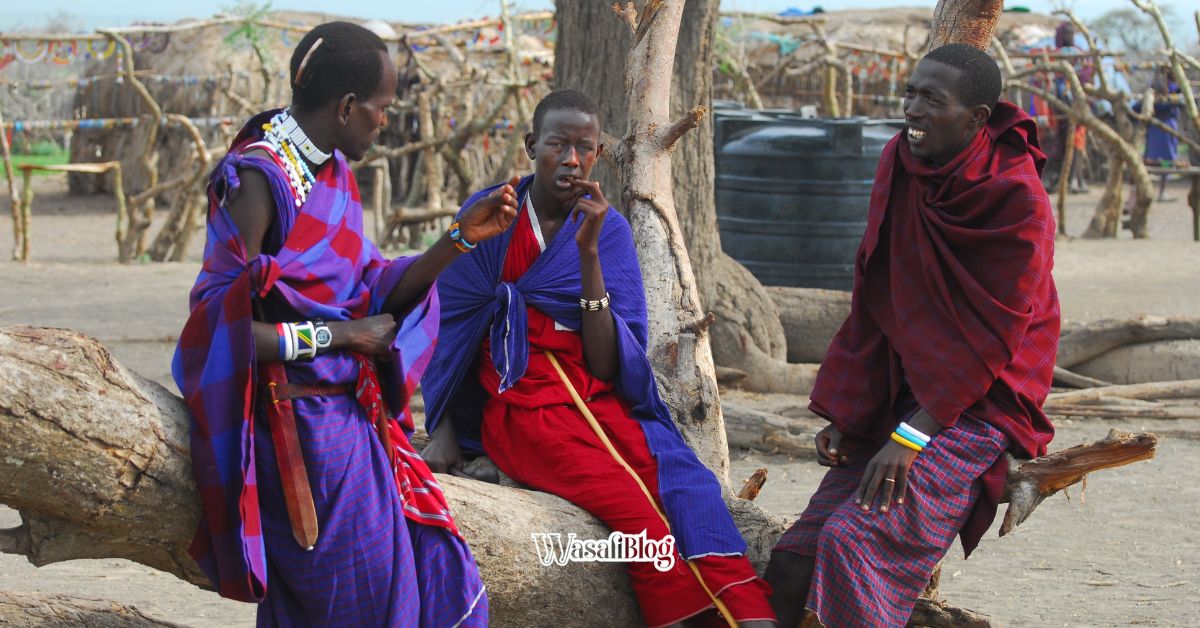





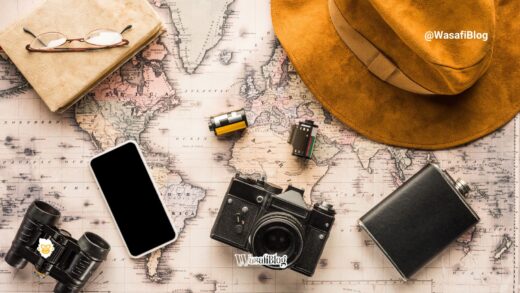

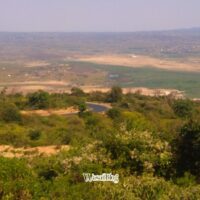
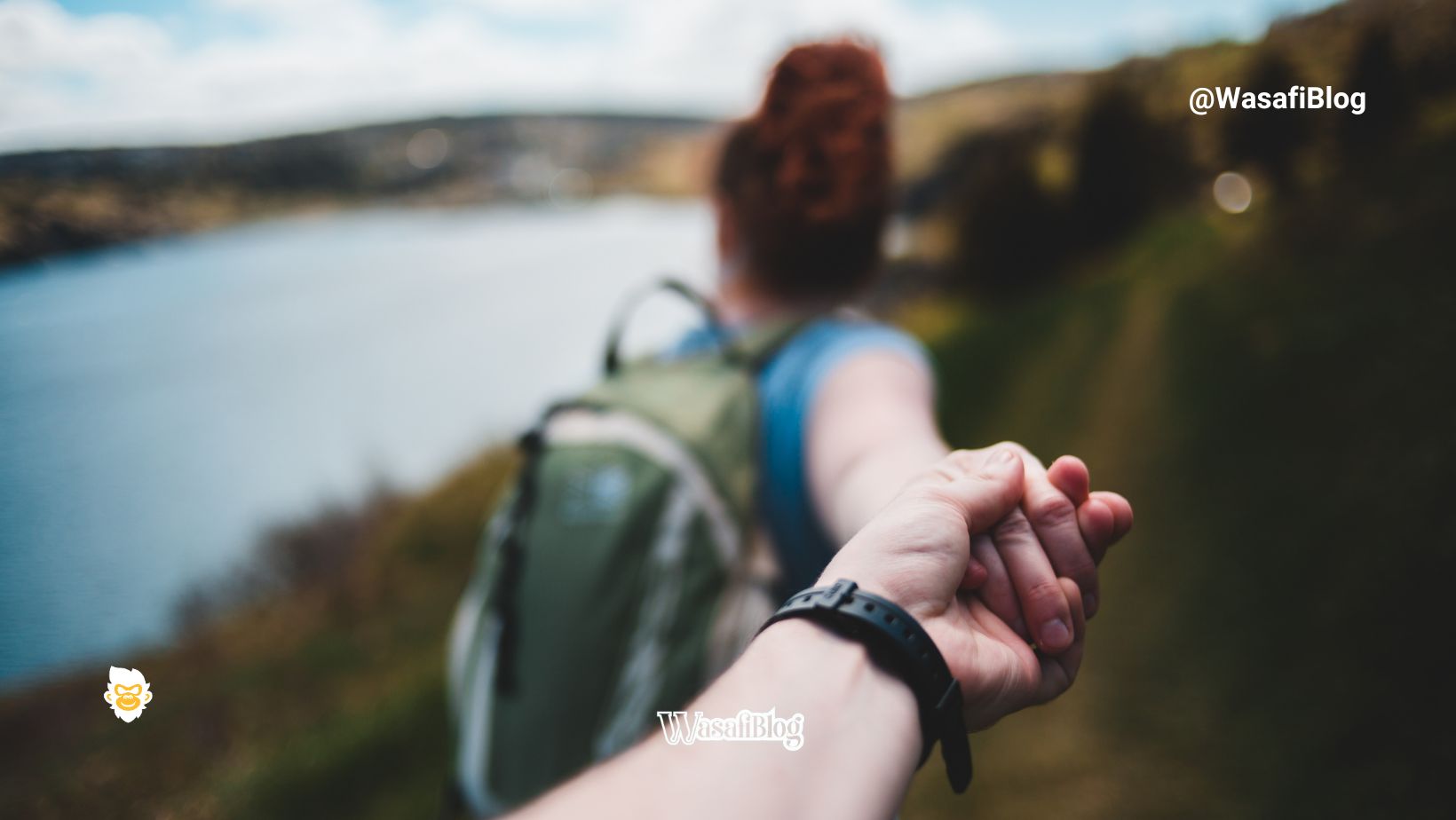
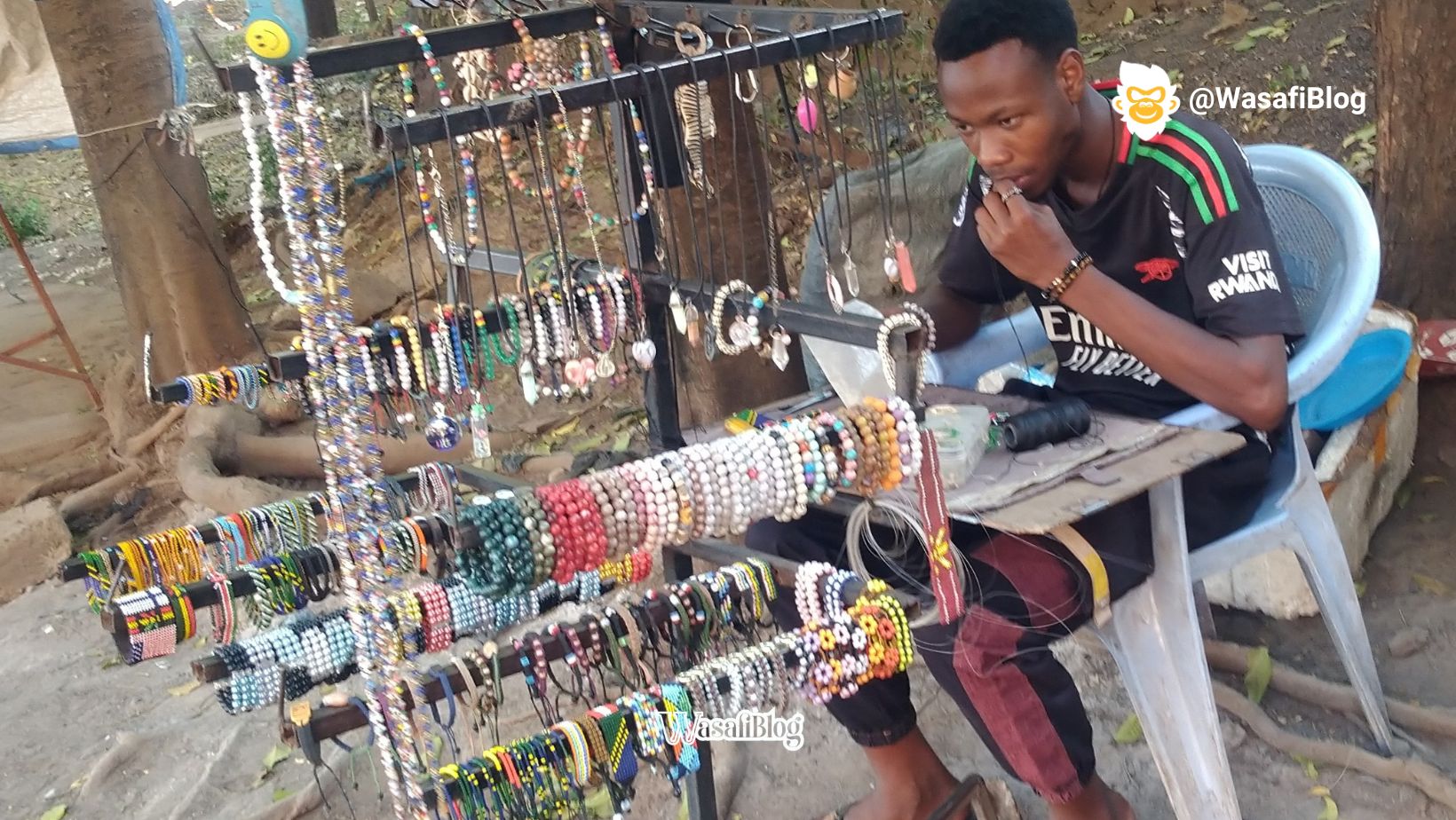
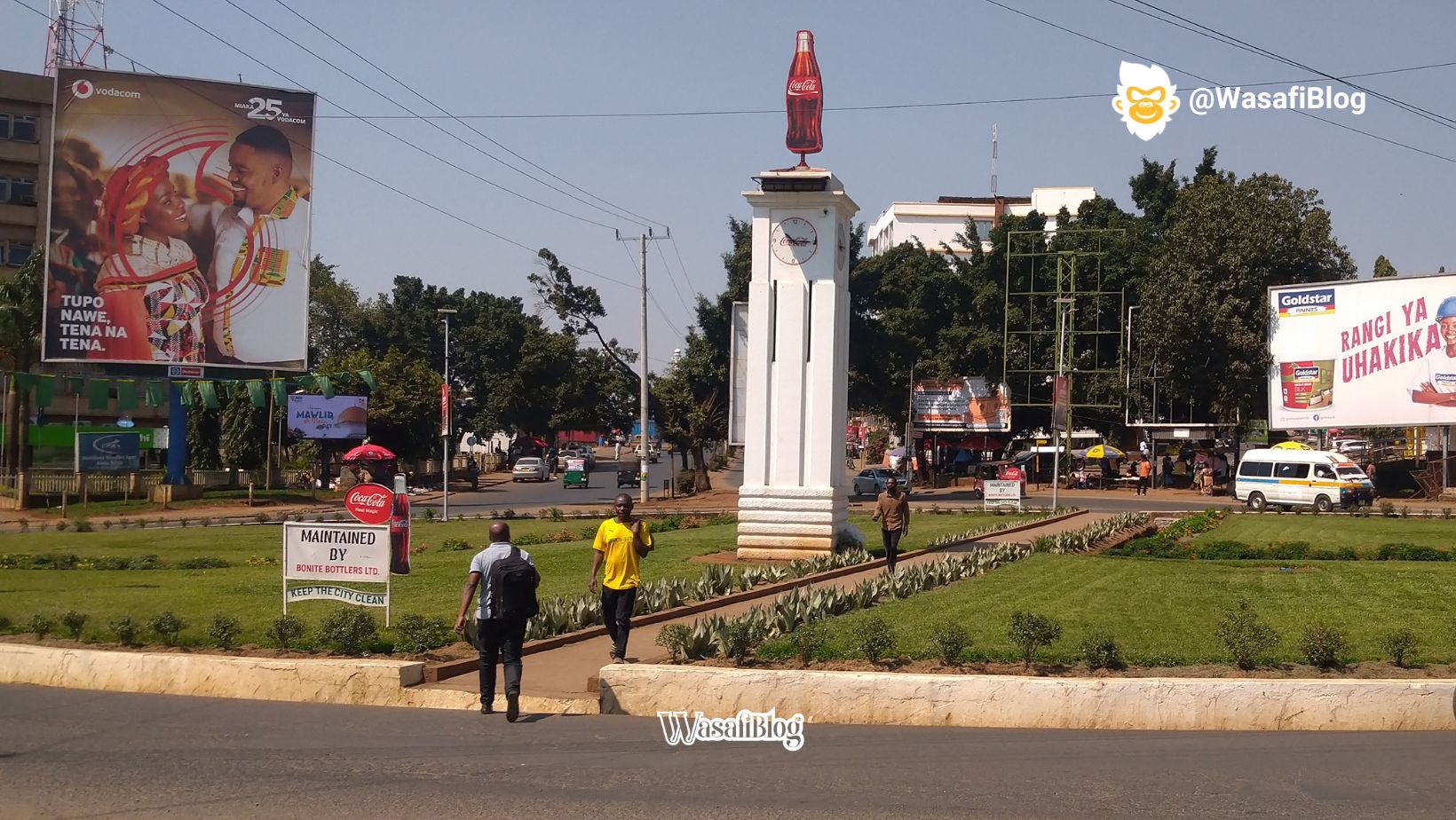
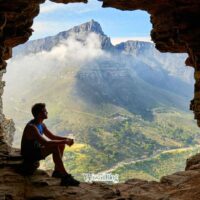
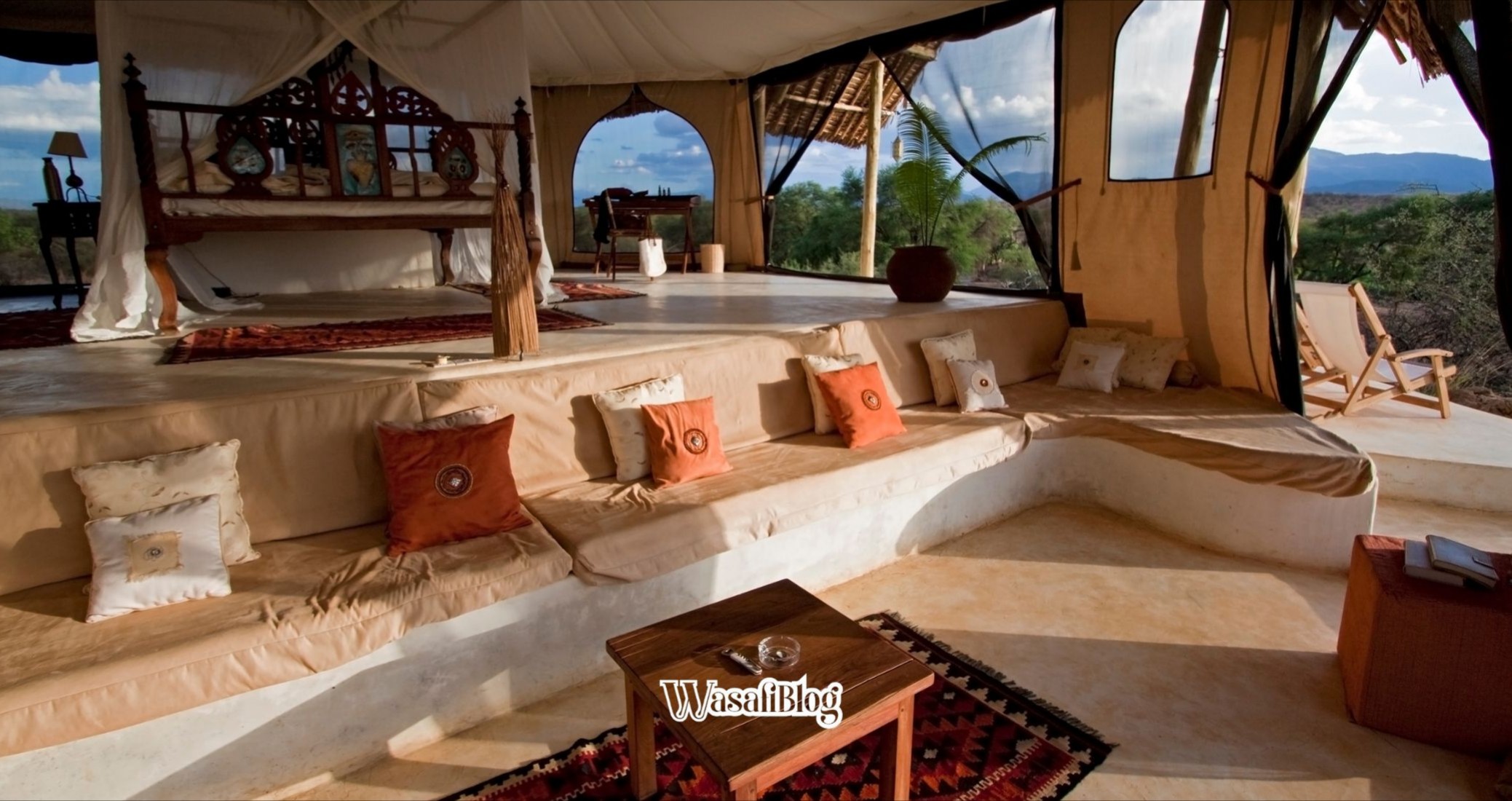
Wow amazing blog layout How long have you been blogging for you made blogging look easy The overall look of your web site is magnificent as well as the content
Over 3 years and consistent learning to improve UX…
Thanks
This topic has become increasingly relevant among travelers looking for meaningful and unconventional experiences. From personal adventures and numerous travel blogs, it’s clear that more people are shifting toward discovering hidden gems, immersing in local cultures, and minimizing environmental impact. Exploring new places isn’t just about sightseeing anymore—it’s about forming connections, gaining new perspectives, and sometimes, rediscovering oneself. Whether it’s walking through a quiet village, joining a traditional cooking class, or simply watching wildlife in its natural habitat, these moments are what truly enrich the travel experience. With the growing awareness around sustainability and authentic experiences, it’s time we look beyond the mainstream and embrace journeys that are both enriching and responsible. For anyone planning their next trip, considering these aspects can make a world of difference.
Thanks for commenting on this👍😘😘😘